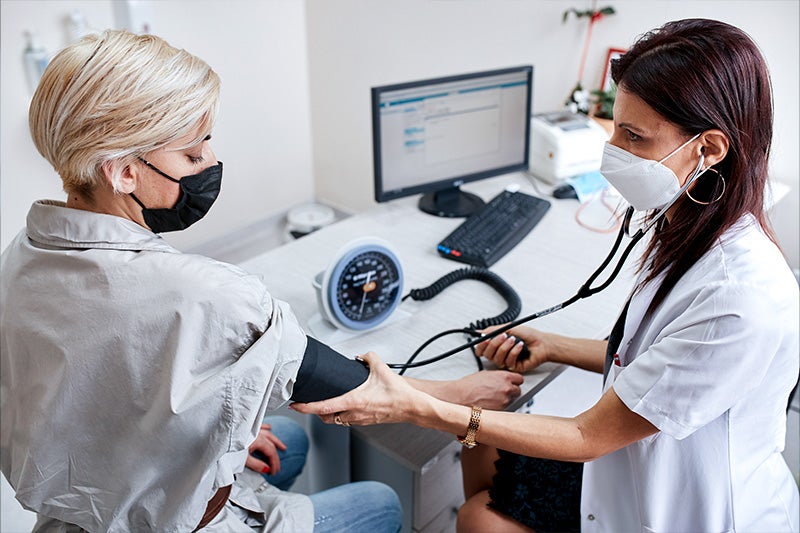Know Your Risk: Common Factors That Increase Stroke Risk
May 7, 2025Categories: Heart Health
Tags: Stroke
When it comes to stroke, knowledge truly is power. While strokes can happen to anyone, understanding your personal risk factors can help you take steps to protect your brain and your health. At St. Mary’s Health Care System, we want to empower you with the information you need to stay well and recognize what’s within your control.

What Increases Stroke Risk?
Some risk factors for stroke are out of your hands, but many can be managed or even prevented through lifestyle changes and regular medical care. We group stroke risk factors into two categories: controllable and uncontrollable.
Controllable Risk Factors
These are factors you can take action on. Making healthy changes now can reduce your stroke risk and improve your overall wellness.
Uncontrollable Risk Factors
These are factors you can’t change, but being aware of them helps you and your care team stay vigilant.
Take the Next Step: Talk to Your Provider
Understanding your stroke risk is the first step. The next? Taking action. At St. Mary’s, we’re here to help you every step of the way—from blood pressure checks and cholesterol screenings to lifestyle coaching and stroke recovery support.
Even small changes can lead to big improvements in your health. If you’re not sure where to start, schedule a check-up and have a conversation with your provider. Together, you can create a plan that works for you.
